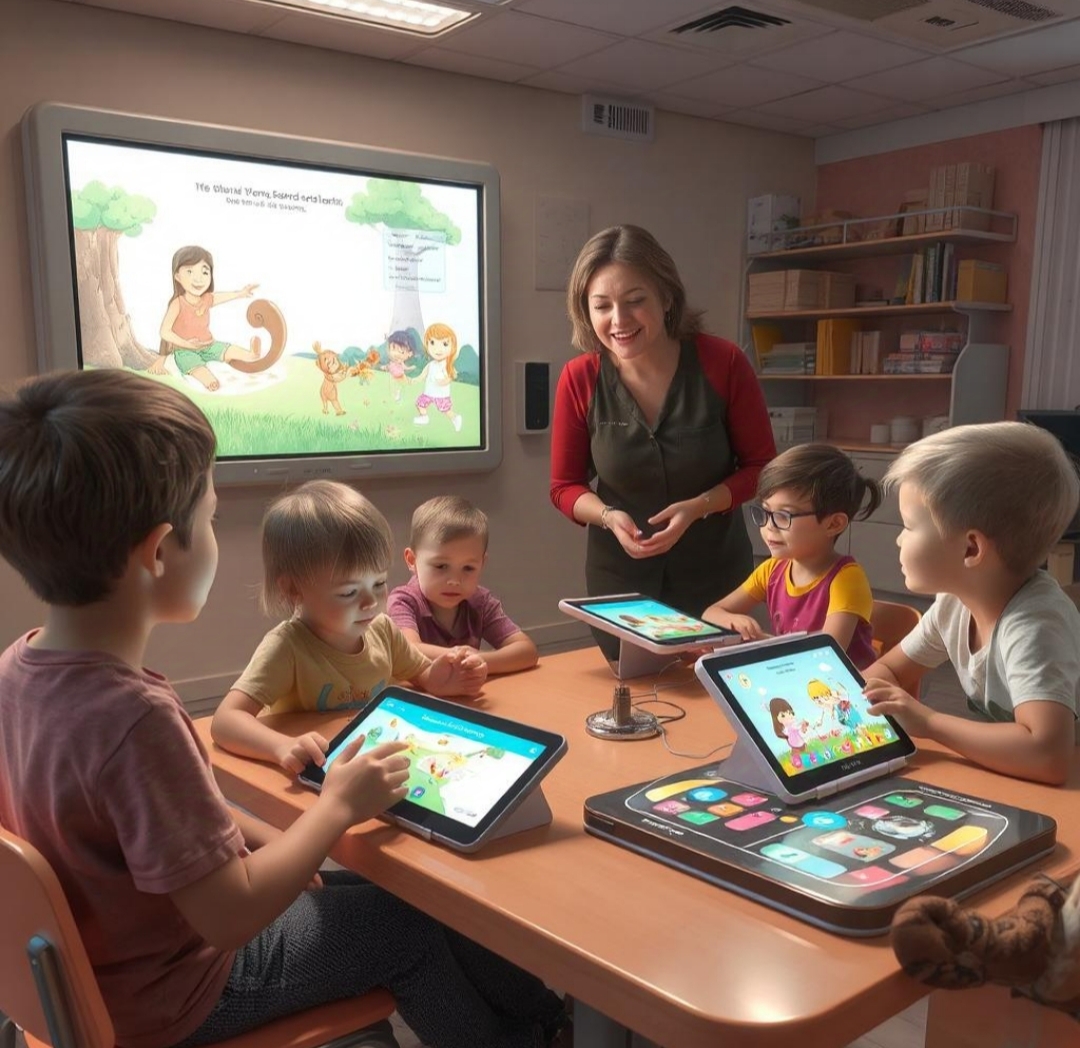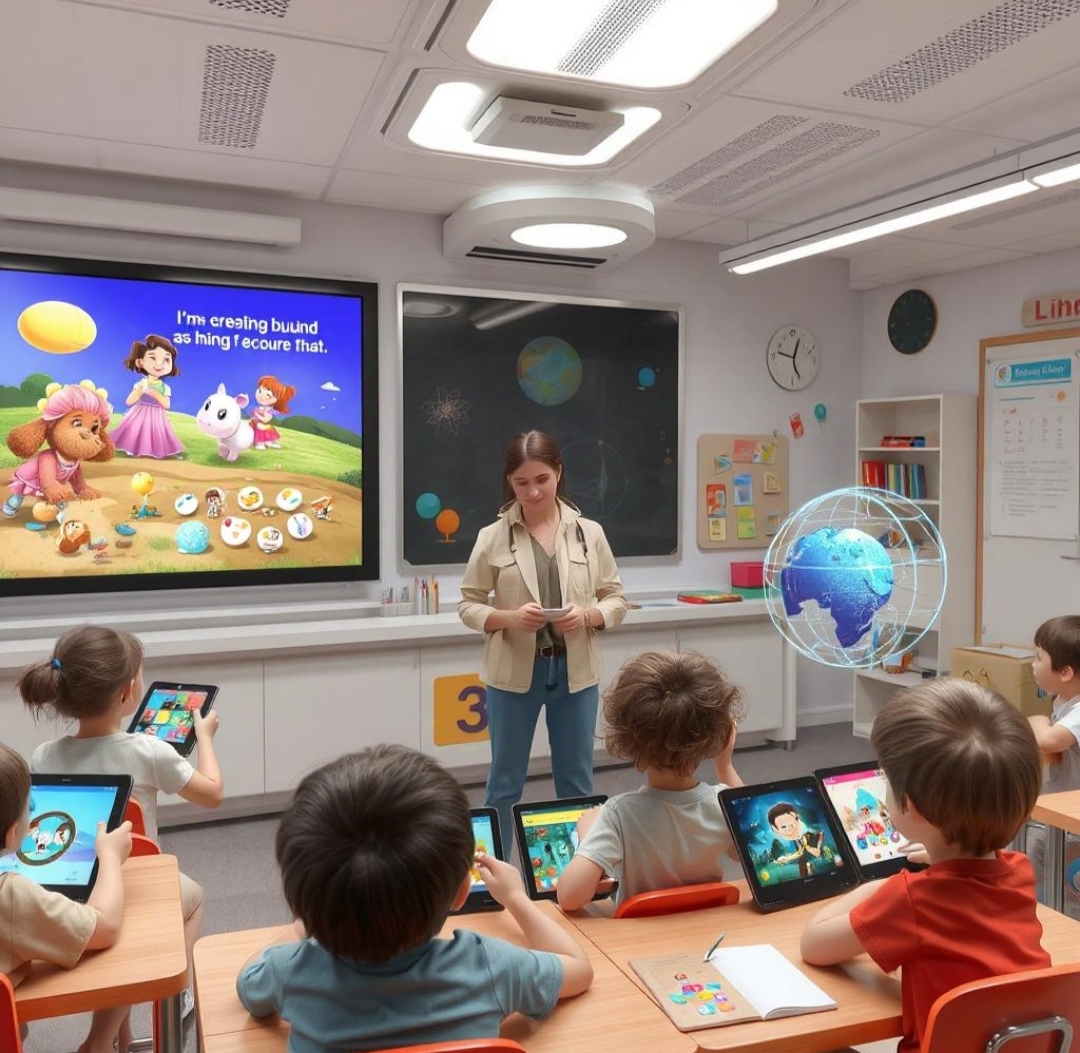Introduction
In today’s fast-paced digital world, traditional teaching methods alone are no longer sufficient for engaging and educating children effectively. The integration of modern educational tools and technologies can significantly enhance the learning experience, making it more interactive, personalized, and efficient. This article explores why parents and teachers should become familiar with these advancements and how they can leverage them to support children’s learning.
The Power of Storytelling in Learning
Storytelling has been an essential teaching tool for centuries, helping children understand complex concepts through engaging narratives. Modern technology has taken storytelling to the next level with interactive digital storybooks, AI-generated tales, and multimedia-enhanced content. These tools not only captivate children’s imaginations but also improve their language skills, cognitive development, and emotional intelligence.
Educational Games and Gamification Techniques
Gamification applies game-like elements to learning, making education fun and engaging. Educational games enhance problem-solving skills, memory retention, and collaboration among children. Platforms that incorporate gamification include:
- Interactive Learning Apps – Provide real-time feedback and adaptive learning experiences.
- Virtual and Augmented Reality – Allow children to experience historical events, scientific experiments, and mathematical concepts in an immersive way.
- Game-Based Assessments – Help evaluate children’s learning progress through enjoyable challenges rather than traditional tests.
AI-Powered Learning Tools
Artificial Intelligence (AI) is revolutionizing education by personalizing learning experiences based on individual student needs. AI-powered tools can:
- Analyze a child’s strengths and weaknesses to tailor learning paths.
- Provide instant feedback and recommendations for improvement.
- Enable voice-activated learning assistants to guide students through lessons.
Popular AI-driven educational platforms include adaptive reading and math programs, virtual tutors, and intelligent language-learning applications.
Blended Learning: A Balanced Approach
Blended learning combines traditional classroom teaching with digital tools, offering flexibility and enhanced engagement. This method includes:
- Flipped Classrooms – Students review digital lessons at home and engage in discussions or activities in class.
- Online Learning Platforms – Offer supplementary educational content and interactive exercises.
- Collaborative Digital Tools – Encourage teamwork and peer learning through shared projects and discussion boards.
The Role of Parents and Teachers in Adopting Technology
To maximize the benefits of these educational advancements, parents and teachers should:
- Stay informed about emerging educational technologies.
- Encourage responsible use of digital tools to avoid screen overuse.
- Integrate technology into everyday learning without replacing traditional teaching methods.
- Foster a balance between interactive digital learning and real-world experiences.

Conclusion
Technology is transforming education, and embracing these innovations can provide children with a more engaging and effective learning experience. By integrating digital storytelling, gamification, AI-powered tools, and blended learning methods, parents and teachers can better support children’s educational journeys. The future of learning is here—are you ready to be a part of it?
